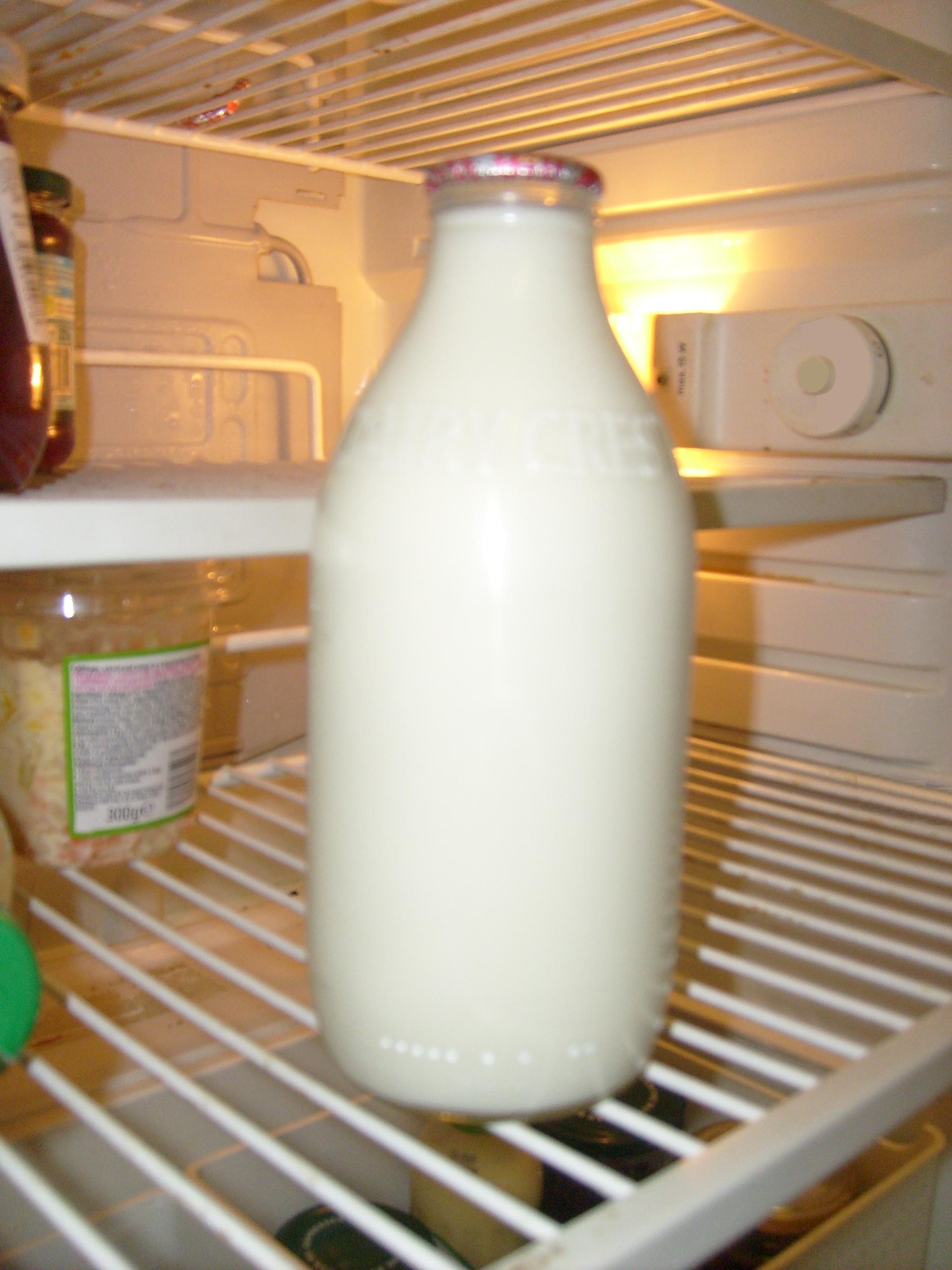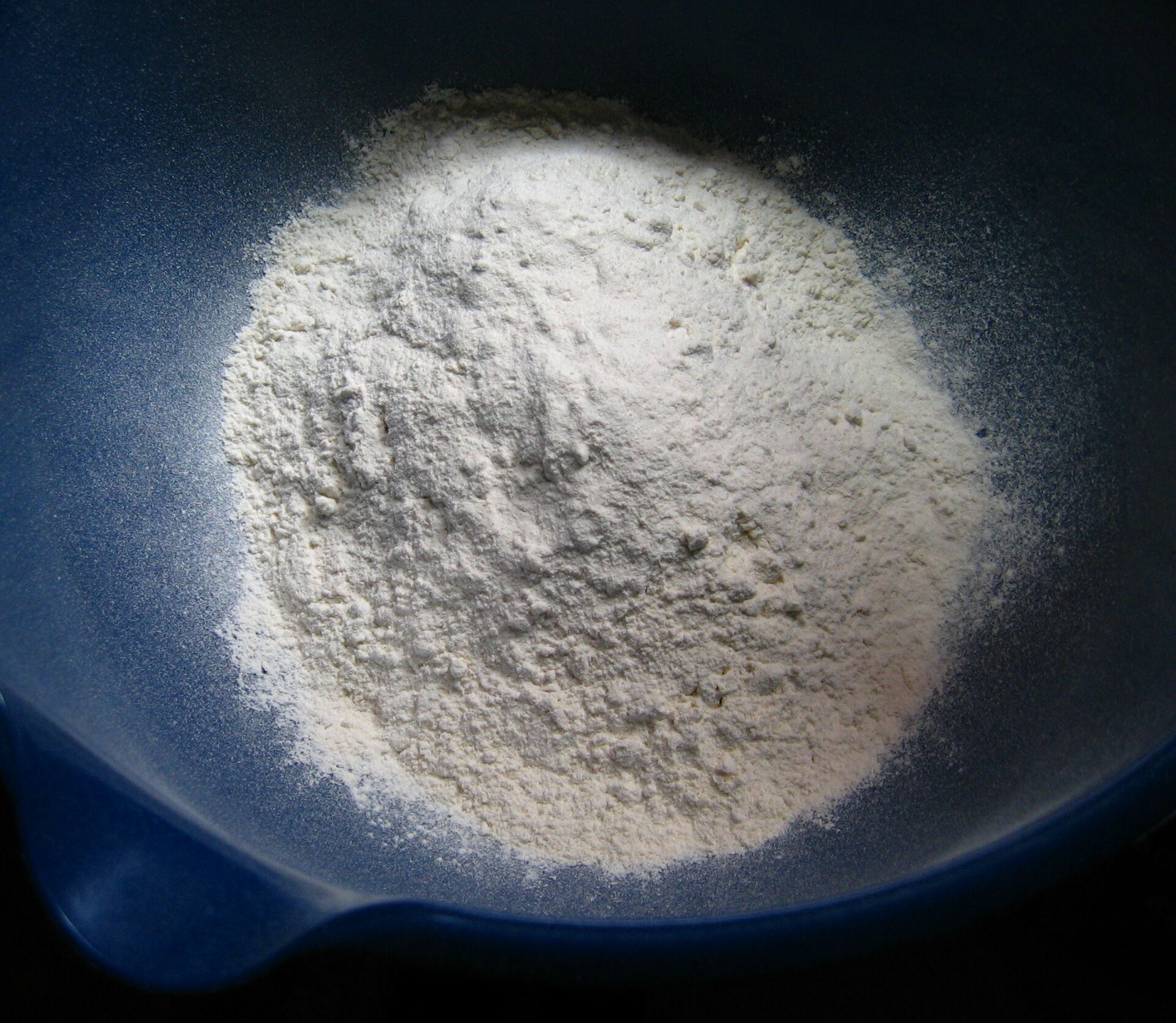I use some form of sugar in almost everything I bake. When I first started baking I would constantly mess up the sugar component of recipes. I would use brown sugar or confectioner's sugar instead of granulated sugar. I would only half-heartedly cream the butter and sugar. Then I would wonder why my cookies were flat and tasted funny! Lol. Sugar is a vital part of any recipe and if you use it right, your baked goods will have the perfect amount of sweetness!
To use it properly, you must understand the purpose of sugar in baking processes.
-It helps fats disperse evenly
-It helps browning in the oven
-It helps preserve the shelf life of the baked good
-It sweetens!
While sugar is amazing, do watch your sugar intake. All too often, customers ask why is sugar bad for you? Sugar itself isn't! High sugar intake, however, is unhealthy!
Monday, May 23, 2011
Sunday, May 22, 2011
The Freshness of Baking Ingredients
Today I was thinking back to when I first started at my aunt's bakery, the one that later became my own. I was fresh out of high school and didn't know anything about baking. On my first day, my aunt asked me to take stock of the inventory. Part of the process was to check expiration dates and make sure all the ingredients were fresh. I did not realize this and a few days later I received a stern lecture from my aunt...and dish duty for a month. For those of you who don't know, here is a list of the shelf-lives of some common baking ingredients.
Eggs These will stay good for about 4 weeks in the refrigerator. If you can't remember how long they've been in there, try this: Fill a bowl with enough cold water to cover an egg and put it in the bowl. If the egg sinks to the bottom and lies on its side, it's fresh. If it floats on the surface, throw it away.
Flour This greatly depends on the type of flour we're talking about. In the case of white flour from the supermarket, it can easily last 18 months if stored in an air-tight container. It can also be frozen for up to 2 years. If in doubt, put a half cup or so in the oven and bake it for 20 minutes. Once cool, taste it. If it tastes even slightly sour, throw it away.
Milk It will stay fresh for around 7 days after the sell by date if kept in the refrigerator. If the milk is sour and spoiled, you can be thrifty by using it to bake things like pancakes or muffins. It can also be frozen for up to 3 weeks. When in doubt, smell it. If it smells even remotely sour, throw it away.
Vanilla Extract With this ingredient it actually gets better with age due to alcohol content. Store in a cool, dark place and it will keep almost indefinitely. Most bakers, though, will not have this problem. I'm constantly running out of this extract.
Baking Soda or Powder These leavening agents will last up to 18 months in your cupboard. They can lose their active properties, though, which will cause baked goods to stay flat and not rise. You can test the baking powder by adding half a teaspoon of the powder to 4 tablespoons of water. It should produce a light fizzing reaction. Test the baking soda by adding half a teaspoon to 4 tablespoons of vinegar. This should create a bigger fizzing reaction. If the reactions do not occur, throw it away.
Hope this helps anyone wondering about their ingredients!
Eggs These will stay good for about 4 weeks in the refrigerator. If you can't remember how long they've been in there, try this: Fill a bowl with enough cold water to cover an egg and put it in the bowl. If the egg sinks to the bottom and lies on its side, it's fresh. If it floats on the surface, throw it away.
Flour This greatly depends on the type of flour we're talking about. In the case of white flour from the supermarket, it can easily last 18 months if stored in an air-tight container. It can also be frozen for up to 2 years. If in doubt, put a half cup or so in the oven and bake it for 20 minutes. Once cool, taste it. If it tastes even slightly sour, throw it away.
Milk It will stay fresh for around 7 days after the sell by date if kept in the refrigerator. If the milk is sour and spoiled, you can be thrifty by using it to bake things like pancakes or muffins. It can also be frozen for up to 3 weeks. When in doubt, smell it. If it smells even remotely sour, throw it away.
Vanilla Extract With this ingredient it actually gets better with age due to alcohol content. Store in a cool, dark place and it will keep almost indefinitely. Most bakers, though, will not have this problem. I'm constantly running out of this extract.
Baking Soda or Powder These leavening agents will last up to 18 months in your cupboard. They can lose their active properties, though, which will cause baked goods to stay flat and not rise. You can test the baking powder by adding half a teaspoon of the powder to 4 tablespoons of water. It should produce a light fizzing reaction. Test the baking soda by adding half a teaspoon to 4 tablespoons of vinegar. This should create a bigger fizzing reaction. If the reactions do not occur, throw it away.
Hope this helps anyone wondering about their ingredients!
Friday, May 20, 2011
Bleached and Unbleached Flour
The differences between bleached and unbleached flour are very small, but the very small difference- the bleaching agent- made a world of difference for my baking.
Unbleached flour is natural flour, slowly whitened over time. Flour is bleached to whiten it more quickly than it would occur naturally. Bleaching cake flour helps it produce stronger starches and helps fats disperse more evenly in the batter. The U.S. Food and Drug Administration and the World Health Organization find bleached flour to be safe. However, the European Union does not agree and people in Europe sometimes find it difficult to obtain bleached flour, though I doubt it bothers them. Many millers are simply impatient and do not want to wait for flour to whiten, which is why bleached flour is much more common in the U.S. Bleached flour and unbleached flour can be substituted equally. One cup of unbleached
flour equals one cup of bleached flour. For more information, check this out: Bleached and Unbleached Flour
I recently made the switch from bleached to unbleached flour and my food tastes so much better! The most noticeable difference it made was in my cakes. Try it and see how it works for you!
Unbleached flour is natural flour, slowly whitened over time. Flour is bleached to whiten it more quickly than it would occur naturally. Bleaching cake flour helps it produce stronger starches and helps fats disperse more evenly in the batter. The U.S. Food and Drug Administration and the World Health Organization find bleached flour to be safe. However, the European Union does not agree and people in Europe sometimes find it difficult to obtain bleached flour, though I doubt it bothers them. Many millers are simply impatient and do not want to wait for flour to whiten, which is why bleached flour is much more common in the U.S. Bleached flour and unbleached flour can be substituted equally. One cup of unbleached
flour equals one cup of bleached flour. For more information, check this out: Bleached and Unbleached Flour
I recently made the switch from bleached to unbleached flour and my food tastes so much better! The most noticeable difference it made was in my cakes. Try it and see how it works for you!
Tuesday, May 3, 2011
The Origin Of Wheat And Rust
Two Things That Don't Seem To Go Together
My first post!!! I bake practically all day every day and I use flour in almost everything. Lately I've been wondering about where flour actually comes from. It turns out that almost all the flours I use are made from wheat. So where does wheat come from? The origin of wheat is a seed. Wheat is grown from disease-free seeds in dry, mild climates. It's planted in a particular pattern of narrow channels called furrows. While growing, farmers must protect the wheat crop from any serious problems. Most people would guess that insects are the most damaging problem for any plant. There are over one hundred different insects that like to attack wheat, but insects only damage less than 10% of wheat in the U.S. Interestingly enough, the biggest disease that hits wheat crops is rust. Who would've thought? Seriously though, rust is a fungus that will infect and grow on the wheat and even results in rust-colored spots. So if you're growing wheat, watch out for rust! If you want to read more about the origin of wheat, read How To Use Flour a great guide that explains the different types of flour, how flour is made and substitutions for various flours.
Subscribe to:
Posts (Atom)



